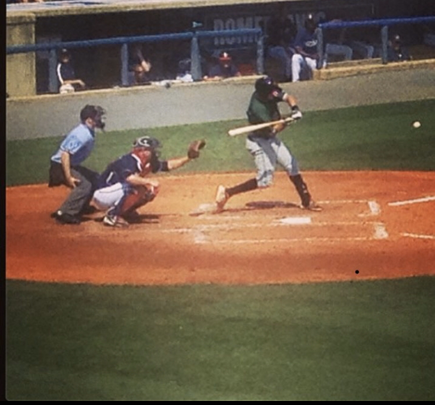 South Atlantic League Action South Atlantic League Action Sam Burnham, Curator Some of my essential travel of late carries me past our local minor league baseball stadium. We should be on the verge of a new season but that’s all on hold for now. There has been a maintenance crew out replacing the lights. Their crane and lift is gradually doing a lap around the park. It is a slow but steady suggestion that this pause will end and the stadium will be ready for the games to commence. In the meantime I’ve been watching the nine episode (inning) documentary on the history of baseball from Ken Burns. Let me start by saying that I'm a football guy, primarily. But baseball has been pulling me back over the last few years and I was really looking forward to this season. The Ken Burns special made me want it all the more. They put a lot of spotlight on the layout of the baseball park. People living in cities were (are) treat to the sight of the open expanse of green as they enter. Such a sight is uncommon in a place like New York, Boston, or Philadelphia. Something that we take for granted out here in God's country is something city dwellers might only see at a baseball game. I had never thought of that before. This opens another dimension on the game. Then there was the parade of Southerners who played the game. "Shoeless" Joe Jackson came from South Carolina and learned his swing from a Confederate veteran who learned the game in a Union POW camp. There was "The Georgia Peach" - Ty Cobb. Jackie Robinson and Josh Gibson also came from Georgia. Satchel Paige and Hank Aaron were from Alabama. That is just a few of the many. 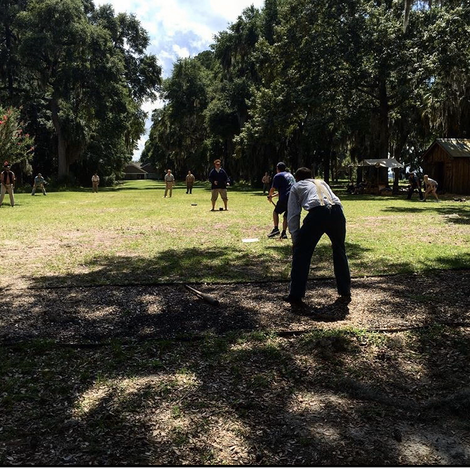 1860s Rules at Ft. McAllister 1860s Rules at Ft. McAllister There was beautiful amount of coverage on the Negro Leagues and smaller leagues as well. The Negro Leagues offered Major League caliber baseball in locations that might not otherwise have games. Barnstorming through large stadiums and small towns alike, these teams played far more games than the MLB teams and they played beyond the confines of the MLB season. These were the stories that made the game special. No matter who was playing or where it was played, the game was the same. There were traditions, rules, even songs, that followed the game to every variation. This documentary is just the tip of the iceberg though. Though stadiums are shuttered all over America, baseball is still alive. I've seen numerous photos on social media of socially distanced baseball. I've seen it everywhere from the backyard to the beach on Cumberland Island. Like the now famous speech by Terrance Mann (James Earl Jones) in the denouement of Field of Dreams, this army of steamrollers won't be stopped. Some form of baseball has been played on this continent for over 200 years. It carried us through our Civil War. It sustained our boys though World War II. It survived the Great Depression. It'll take more than this to swipe it away. That sense of permanence should inspire us. It should encourage us. When we come out of this, we know a familiar face will be waiting on us.
0 Comments
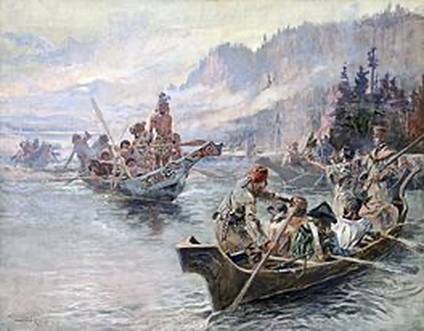 Sacajawea Guiding Lewis and Clark Sacajawea Guiding Lewis and Clark Sam Burnham, Curator Closings. Cancellations. Postponements. Panic. Fear. Chaos. What on Earth has happened to this nation? Just a simple visit to the local grocery store will open a window to the status of our society. People are frantically buying items they think will be useful in the coming apocalypse. Bread, milk, toilet paper, cleaning supplies, hand sanitizer. It is baffling to me that we find ourselves in this predicament. We are the people who crossed the frozen Delaware River on Christmas to kill the Hessians in pursuit of Independence. We are the people who withstood the cannon duel at First Manassas. We are the settlers driving Conestoga wagons up the Oregon Trail. We are the Lewis and Clark expedition exploring the Louisiana Purchase. And lest I be accused of favoritism toward men in adventure or battle, I’d call attention to those “Cast Iron Magnolias” - women of grit and resolve we celebrated previously. America was founded and built by men and women of grit, courage, determination, and audacity. A virus with a 98% survival rate now has us cowering in the corner, quaking from fear of what? Death? Dismemberment? Disembowelment? No. Discomfort. We’ve canceled or postponed everything except the government, that great nanny that protects us from the cradle to the grave: that most benevolent of tyrants...the only thing our founders truly feared. 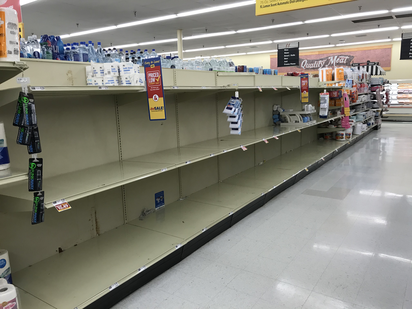 The Toilet Paper Aisle During Corona Panic The Toilet Paper Aisle During Corona Panic We’ve become soft. Modern life has stolen our grit, our self-reliance, our determination. We have to get it back because our very liberty depends on us being that gritty, determined people that defeated Nazi Germany and Imperial Japan. Where is that grit of our past? The people behind the Berlin Airlift fear their grocery stores will go empty. The people who brought down the Iron Curtain quake in the shadow of an invisible menace. Our forebears scrounged through the Great Depression, doing what they had to to put a bowl of beans on the table. They kept a Sears catalogue or even corncobs in the outhouse and we’re afraid of running out of toilet paper. This is a time for courage, for uprising. It’s gut check time. Do we still have it in us? Know the real threats, know the real threatened. We need to take every measure to protect those who are truly threatened by this disease while not destroying society in the process. Take the measures that will protect those needing such security. Look out for one another. Don’t live in fear. Operate as if the economy is more than money, because it is. Then we need to do some real thinking about how we got to this point and how we can get past it and never come to this point again. We need to start doing more ourselves. We need to build local economies that are resilient instead of relying on slave labor overseas to provide us with cheap goods. We need to get our hands dirty. We need to drive our own fate rather than relying on government and globalism to do it for us. 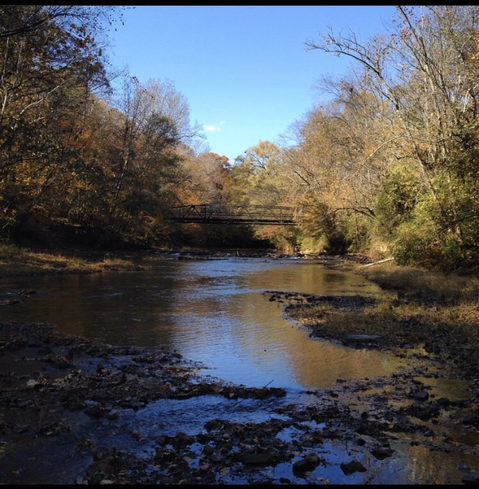 Armuchee Creek Near the Site of the Old Power Mill Armuchee Creek Near the Site of the Old Power Mill Sam Burnham - Curator Armuchee Creek creeps through the Appalachian foothills as it has for thousands of years. These hill are old, the eroded remnants of their former selves. The locals will tell you that Armuchee is Cherokee for “land of many fish” or something to that effect. When the Cherokee lived here the creek provided water, food, and transportation. After the Cherokee removal on the Trail of Tears, this area was resettled and the creek remained important. Some 50-60 years after the last Cherokee left the creek found a new use. In the old village, what locals call “Downtown Armuchee,” stood a grist mill, a pants factory, a cooperage, and a cotton gin. All of these operations were powered by an early-technology electric generator that was powered by the creek. A small dam ponded the creek near the iron bridge where Little Texas Valley Road crosses the creek. The mill harnessed the power of the pond overflow to turn the little generator and produce electricity. The amount of power generated was more than these small industries needed and several homes were added to the local grid. The residents of this small village were reading by electric light two decades before the TVA broke ground on their first hydroelectric dam. The evidence of this fact is confirmed in a May 1916 publication of the Electrical Review and Western Electrician. The report in that journal was that the Armuchee Water Mill was unfortunately destroyed by fire. That sounds like a strike against local power but this was early technology and fire was a widespread problem in structures of all sorts. While fire is and will remain a threat, new technology and practices have greatly reduced that threat. Present technology also offers redundancy that make accidents less devastating. In 1916 there was little more than lighting that would use electricity in a home. These days almost everything uses electricity. But modern technology has created energy efficient appliances and devices. Major utility companies have reported dips in demand as people choose LED lighting and other energy saving options. Modern technology also produces a lot more electricity than 1916 technology did. 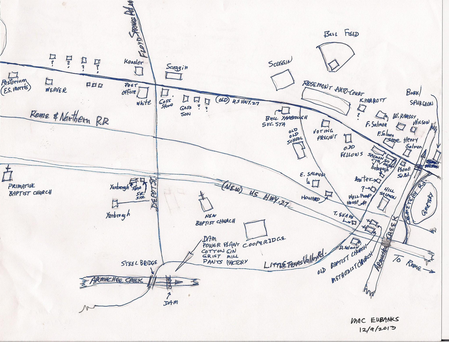 Local Historian Mac Eubanks Made This Map Detailing the Old “Downtown” Armuchee on the Old Micro-Grid. Local Historian Mac Eubanks Made This Map Detailing the Old “Downtown” Armuchee on the Old Micro-Grid. Generating electricity has become more efficient as well. Most notably, solar panels have become more efficient and effective while also becoming more affordable. One kilowatt/hour of solar power is now cheaper than the same amount of coal generated electricity. This has made solar a viable option for use in community power. More recently, the South Georgia town of Plains, longtime home of former President Jimmy Carter, now generates half of its needed electricity by a local solar farm. Let me specify that Plains is a small town. I’m not advocating running the whole state this way. There is still a real need for large scale power generation in places like Plant Bowen, Plant Vogtle, and by TVA dams throughout their system. But for small towns or even designated neighborhoods in big cities, community power is a revolutionary opportunity. By generating power locally and establishing a micro-grid, like Armuchee at the turn of the 20th Century, we can lower our costs and build in resilience to protecting ourselves from disruptions. Armuchee historically used the creek and hydroelectric generation. That is possibly still an option. But in The South we also have an abundance of sunshine. Solar panels, partnered with the latest in storage units could make the needed power and store it for nighttime or in the case of (literally) a rainy day. The resilience comes into play with the local micro-grid. For example, a few years back when a tornado cut through the Berry College and Glenwood communities, serious damage was caused to transmission infrastructure. The Armuchee area was without power for days. Had the old micro-grid still been active no loss of power would have occurred in the old neighborhood. That area was barely impacted by the storm. The mill and the grid would have remained intact. Even during the Blizzard of ‘93, a local crew could have hooked up individual homes in a day and power would have been restored quickly. Even a mechanical malfunction at the mill would be backed up by the storage units until repairs are made. Local power can be a game changer for small towns. Poorer communities within cities can also benefit from this idea. The best part is that our local EMCs as well as the TVA or The Southern Company can get in on this. They need to hear from customers or members who are interested in bringing this sort of project to their neighborhoods. Local power lowers costs while building resilience and investment in our communities. There is no downside to the proposition. By revisiting an old idea we can open possibilities for the future. We can build a future with better opportunities for businesses and residents. We can power healthy and sustainable economic growth while fostering a sense of community. Local power is the best way to illuminate the way forward. |
Sam B.Historian, self-proclaimed gentleman, agrarian-at-heart, & curator extraordinaire Social MediaCategories
All
Archives
November 2022
|
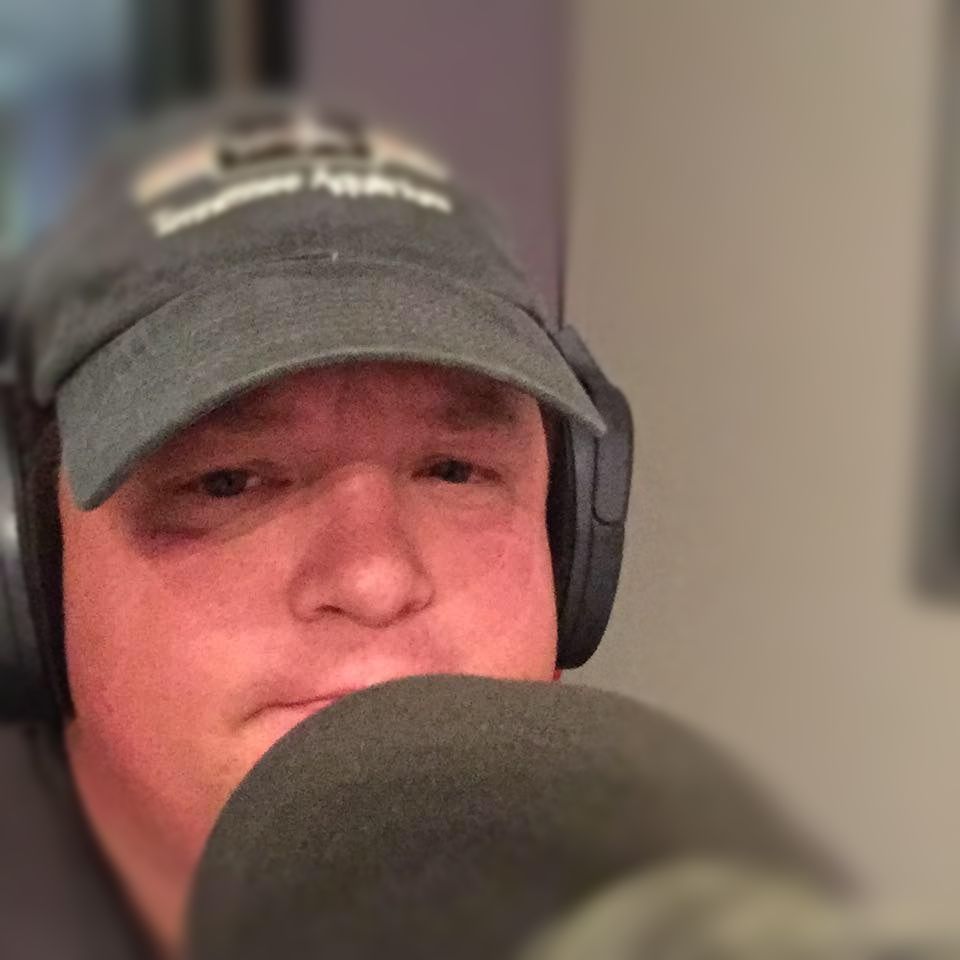
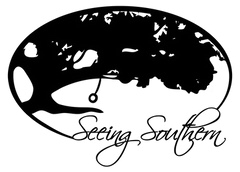
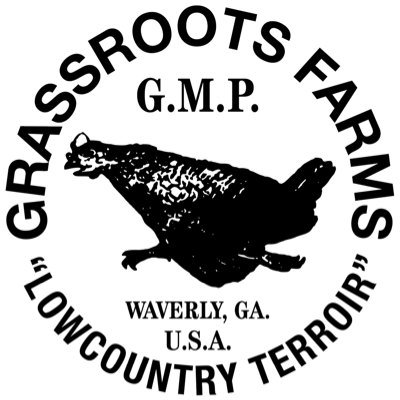

 RSS Feed
RSS Feed
